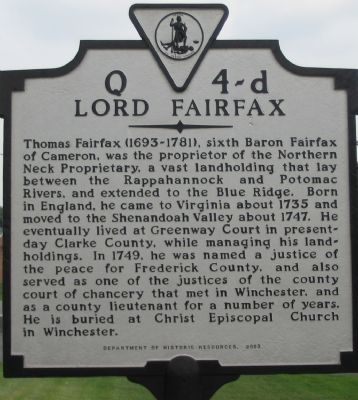Monday 20 [October], Believing the denying ourselves even in the smallest instances, might, by the blessing of God be helpful to us, we wholly left off the use of flesh and wine, and confined ourselves to vegetable food, chiefly rice and bisket. In the afternoon David Nitchman, bishop of the Moravians, and two others began to learn English. O may we be, not only of one tongue, but of one mind and of one heart!
Lord's Day December 21 2025
-
I only preached in the morning last Lord's Day as we contined to tackle
Christmas themes. Usual umbers though some already away and ine or two
extras mo...
3 days ago











